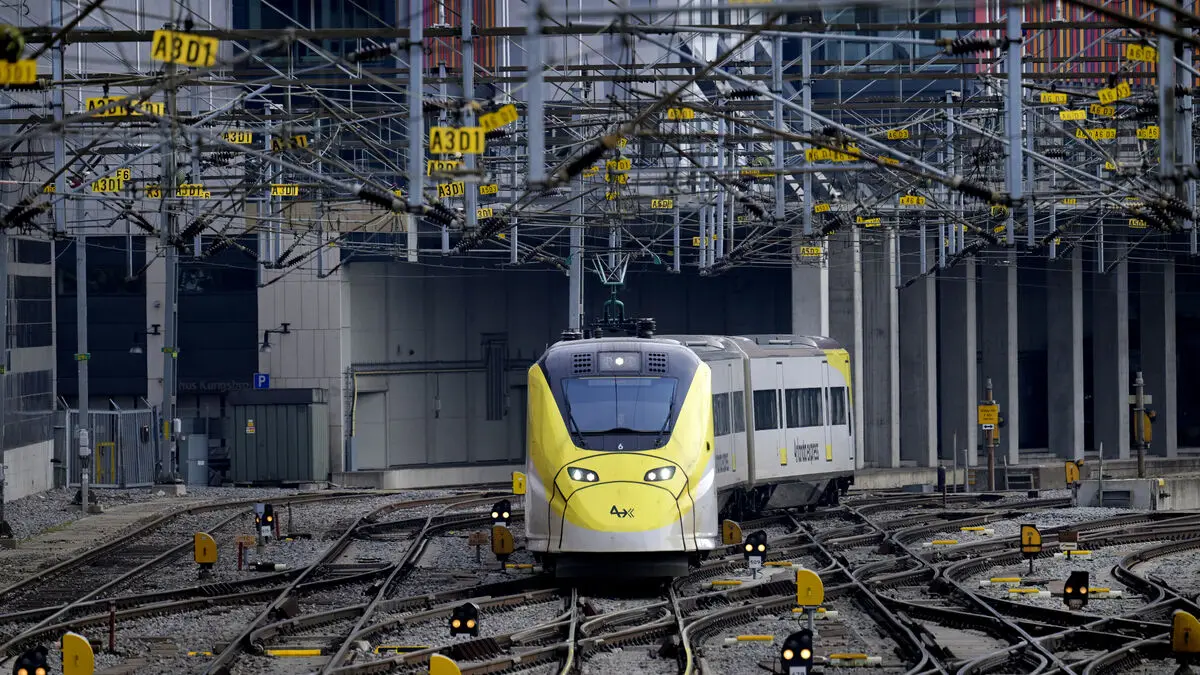Companies are crying out for electricity for their factories. However, it is not the technology – but rather the resistance to a wind turbine outside the window – that can put a spanner in the works for electrification, according to a researcher.
The demand for fossil-free electricity to reduce emissions and achieve climate goals seems insatiable. For Sweden, the starting point is good, with an almost carbon dioxide-free electricity system and large areas to build on, according to Filip Johnsson, professor of energy systems at Chalmers University of Technology:
In Sweden, it is primarily the transport sector and industry that emit carbon dioxide.
Certain forecasts predict a doubling of Swedish demand for electricity by 2035. And it is possible to increase production by around 120 TWh by 2030 – roughly the same amount that Sweden uses in a year, according to Johnsson in a report from the Royal Swedish Academy of Engineering Sciences.
Since time is of the essence, it is primarily wind power that can meet the increased demand, while new nuclear power may come on stream at the earliest during the 2030s.
"One-sided"
For the government, nuclear power is in focus. In an examination of climate policy, the Climate Policy Council writes that "the one-sided emphasis on new nuclear reactors risks overshadowing the need for other new fossil-free electricity production in the short term".
It is unfortunate that the debate has become so polarised between wind and nuclear power. It is a non-issue since they have such different time horizons, according to Johnsson.
There are challenges for expanded fossil-free electricity production. The biggest is a lack of acceptance, particularly for wind power, where both municipalities and the defence often say no, according to Johnsson.
Politics must show leadership to avoid polarisation. It is necessary to achieve compromises between special interests so that municipalities do not routinely say no to new power production. It can involve compensation for establishments, such as municipalities getting back property tax from wind power, he says.
For offshore wind power, one can create marine plans to get different special interests to compromise. In other countries, they have succeeded in achieving consensus on where parks should be located.
Missed opportunity?
Projects where permits and investment decisions are already in place will provide a "decent amount" of new electricity production, according to Johnsson. After that, he does not think the outlook is so bright.
If politics does not make an effort to remove the obstacles, it will be difficult to get the necessary electricity, says Johnsson.
There is a risk that Sweden will miss the opportunity to take advantage of our favourable conditions for electrification and that industry investments will be made in other countries instead.





